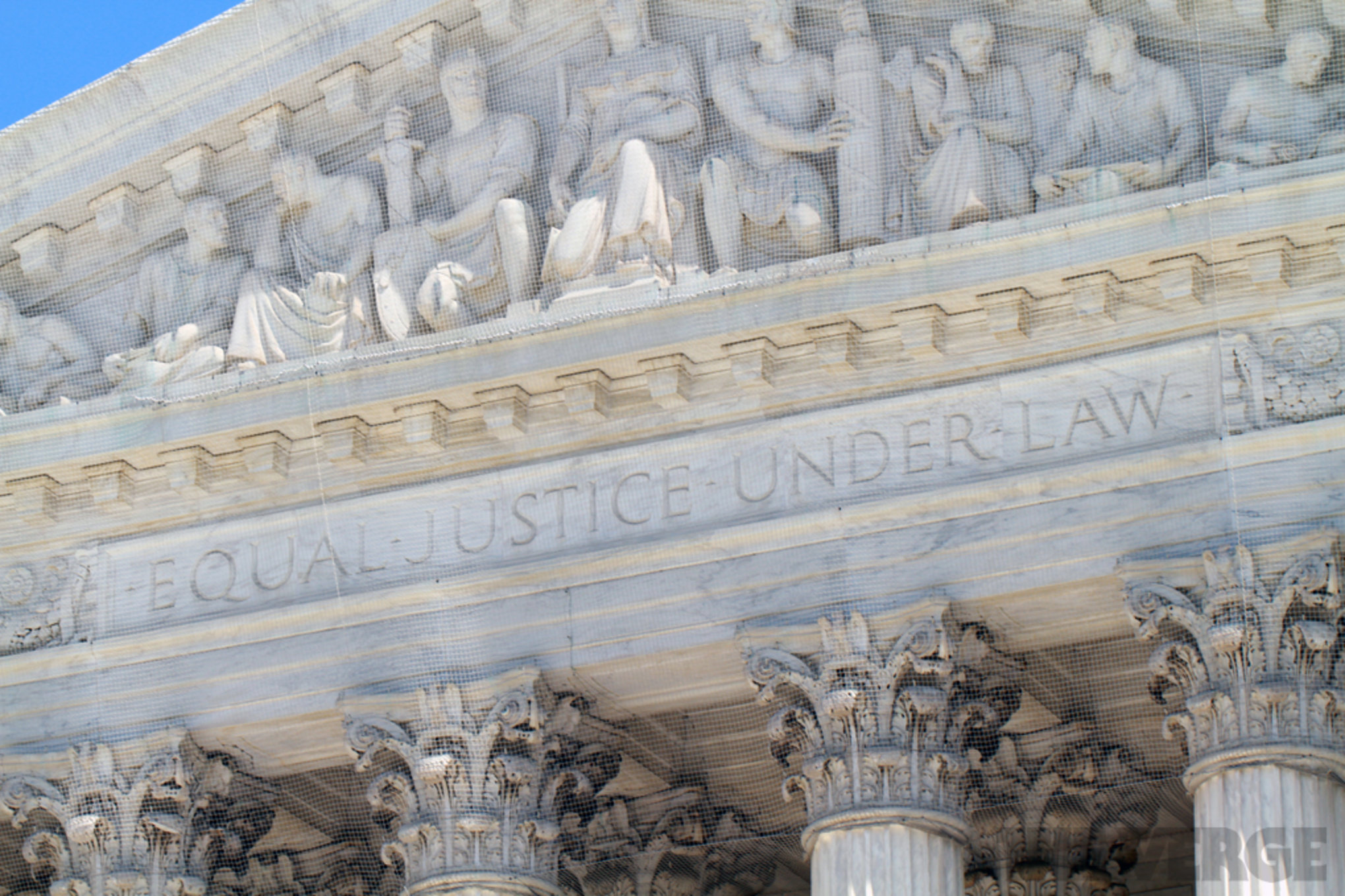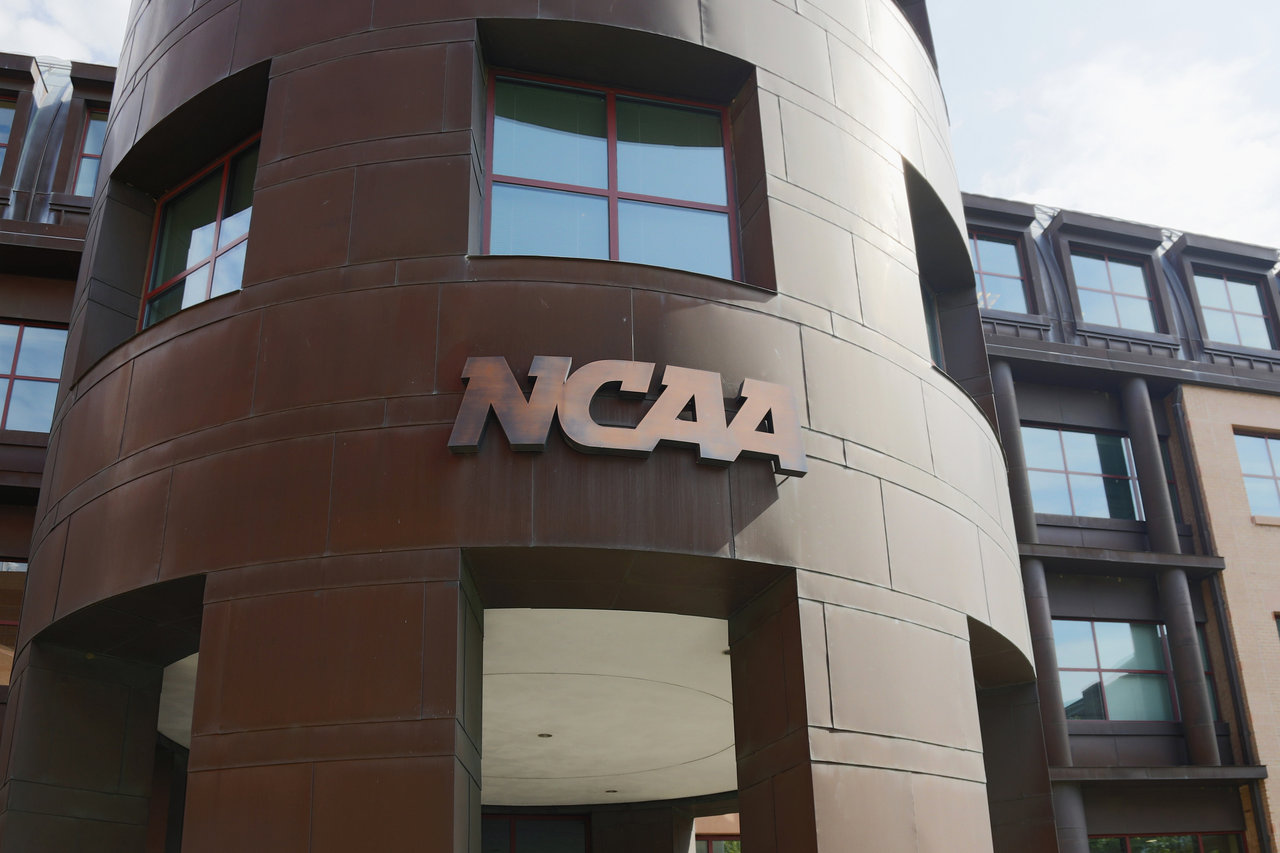Grand Potentate
Supporter of Possible Sexual Deviants
- Messages
- 39,182
Since I keep shitting up other threads talking about law issues I figured it was time to branch out. We were talking about the Michigan Affirmative Action case in another thread and I wanted to discuss it further. This was a good synopsis that I read earlier:
Supreme Court Quietly Rolls Back Equal-Protection Doctrine
Yesterday the Supreme Court upheld the constitutionality of Michigan's affirmative action ban, known popularly as "Prop 2." It was, as widely reported, a defeat for affirmative action, but a limited one. The court didn't say that affirmative action was federally unconstitutional, merely that if a state like Michigan decides to ban it, the court won't interfere.
But yesterday's ostensibly modest ruling in Schuette v. Coalition to Defend Affirmative Action has a much wider effect on race and the law. Early in Justice Anthony Kennedy's decision, he writes that the case is "not about the constitutionality, or the merits, of race-conscious admissions policies in higher education." He's totally right: It was really about the question of whether or not a majority of voters can literally change the political process to block anti-discrimination laws.
Now a plurality of the Supreme Court is saying that effectively, yes, people are entitled to set each other's rights to referendum this way. Kennedy's opinion preserves a very thin sliver of power for the courts to intervene. But the way he's got it set up now, the power will only be invoked when a court doesn't like the rights in question.
After all, legal scholars will tell you, and they are not completely wrong, that the result in Schuette was "inevitable." But it's only inevitable because the Court decided to make it inevitable, through its interpretation of facts and history in its other recent affirmative action cases, Gratz and Grutter. In both of those, the Court based its conclusions on the premise that America's racist past is, well, in the past. If you accept that racism is over, then logically, there's no basis for laws to remedy it. It's logical, but it's not true.
Yesterday's case saw that illogical premise undermine something called the "political process doctrine." It is an interpretation of the Equal Protection clause that comes out of a a line of cases dating back forty-five years. The first was 1969's Hunter v. Erickson, which dealt with a city charter amendment in Akron, Ohio. Akron's city council had passed a fair-housing ordinance which forbade racial discrimination, to the dismay of certain of its residents. In response, the citizens of Akron passed a referendum to say that the city council couldn't exercise its normal law-making powers to pass any more anti-racism laws, but would need particular approval from the voters first.
Another, more recent case was 1982's Washington v. Seattle School District. There, after the Seattle school district adopted a school busing plan that would encourage desegregation, Seattle residents passed a ballot measure they called Initiative 350. It effectively dismantled the scheme by legislating that students should only be bused to a school that was "geographically nearest or next nearest to a student's place of residence."
In both Hunter and Seattle, the Supreme Court knocked down the ballot measures. Its reasoning was probably best summarized in Hunter when the Court wrote that while the law
on its face, treats Negro and white, Jew and gentile in an identical manner, the reality is that the law's impact falls on the minority. The majority needs no protection against discrimination, and, if it did, a referendum might be bothersome, but no more than that...
To this, in Seattle, the Court added the observation that,
... the Fourteenth Amendment also reaches "a political structure that treats all individuals as equals"... yet more subtly distorts governmental processes in such a way as to place special burdens on the ability of minority groups to achieve beneficial legislation.
Because we have the clarity of hindsight, it's easy to see why the Court went that way. In each case voters, unhappy that an anti-discriminatory measure had passed, used ballot initiatives to actually change the political process, with the relatively obvious motive of making it harder for anti-discriminatory laws to get passed. The political process doctrine was created to guard against that problem, plain and simple.
But with the 6-2 decision in the Prop 2 case, that doctrine was substantially weakened. Prop 2's opponents argued that the measure had changed the political process in a way that would effectively burden minority students—that now, if they wanted to advocate for a more diverse student body, they would have to overturn a constitutional amendment. And when Sixth Circuit agreed and struck down Prop 2, it relied substantially on Seattle, and that phrase about subtle distortion, to do so.
It was not suprising that in yesterday's decision, both Justices Antonin Scalia and Clarence Thomas were in favor of tossing Hunter and Seattle altogether. Scalia, being Scalia, was apparently willing to renounce the whole premise behind the justice gains of four decades ago. Akron had simply blocked the city council from making any sort of race-based regulation about real estate, after all, without reference to whether those regulations would forbid or encourage discrimination.
But Justice Kennedy, who wrote for the plurality of the Court yesterday, offers the milder and thus somewhat more insidious worry that Seattle can be too broadly interpreted. He frets that the political process doctrine assumes that all black people have a single political interest, which the Equal Protection clause demands that we protect. He just doesn't buy that idea:
It cannot be entertained as a serious proposition that all individuals of the same race think alike. Yet that proposition would be a necessary beginning point were the Seattle formulation to control... But in a society in which those lines are becoming more blurred, the attempt to define race-based categories also raises serious questions of its own. Government action that classifies individuals on the basis of race is inherently suspect and carries the danger of perpetuating the very racial divisions the polity seeks to transcend.
In other words, although the case is not about affirmative action, it is a case whose outcome depends in part on whether or not you believe that we "live in a society in which [racial] lines are becoming more blurred." That's putting it delicately, even. Because to get to the next worry, that you might perpetuate "racial divisions" by daring to address race, you have to believe that the lines are already so blurry that no particular group in America today has any greater concern than another about disenfranchisement from the political process.
In other words: You have to be willfully blind to the legacy of structural racism in America. And that's why Justice Sonia Sotomayor relies heavily on that history in her dissent, arguing that "it is a history that still informs the society we live in, and so it is one we must address with candor."
But she didn't find many supporters on this point among her colleagues, only Ruth Bader Ginsburg. (Elena Kagan sat this case out, probably because she'd been involved as solicitor general.) The rest of the Supreme Court pontificated at length on the rights of voters and about the plain meaning of the equal protection clause, while completely ignoring the reality on the ground. Even Justice Stephen Breyer said he agreed with Kennedy, in this limited context.
Check out Justice Roberts' opinion, and you'll find him framing the issue as being about "racial preferences," even though we've been told the case is not about affirmative action proper. But that frame allows Roberts to smarmily lecture Sotomayor:
To disagree with the dissent's views on the costs and benefits of racial preferences is not to 'wish away, rather than confront' racial inequality... People can disagree in good faith on this issue, but it similarly does more harm than good to question the openness and candor on either side of the debate.
But here's the thing that I guess no one can explain to Roberts: Sometimes debates—and college admissions systems—are stacked. One fact went mostly unmentioned in most of the paper expended on Prop 2 yesterday: That the ballot initiative had been plagued by accusations of corruption.
A Michigan federal court found, for example, that the group that brought the ballot initiative in the first place "engaged in systematic voter fraud by telling voters that they were signing a petition supporting affirmative action." There is, in other words, proof here that everyone wasn't working with equal openness and candor.
Sure, probably, "reasonable people could disagree" about affirmative action. The point is, though, that when they do so in a democratic process, everyone should be on equal footing. That is, someone might want to mention to Roberts, exactly the right the now-weakened "political process doctrine" was designed to protect.













